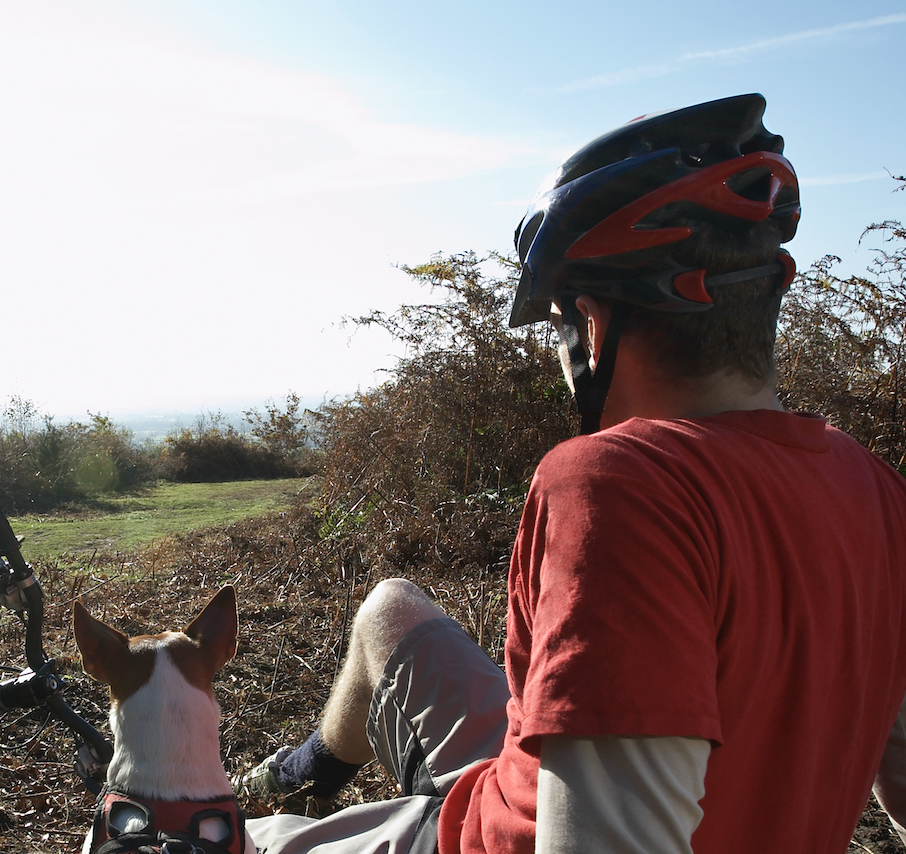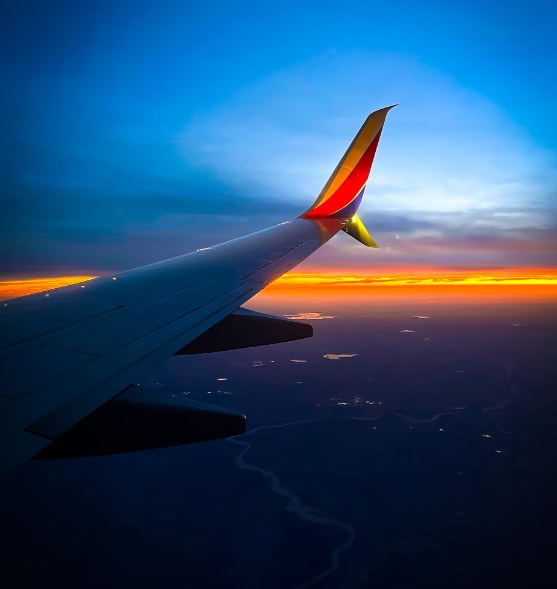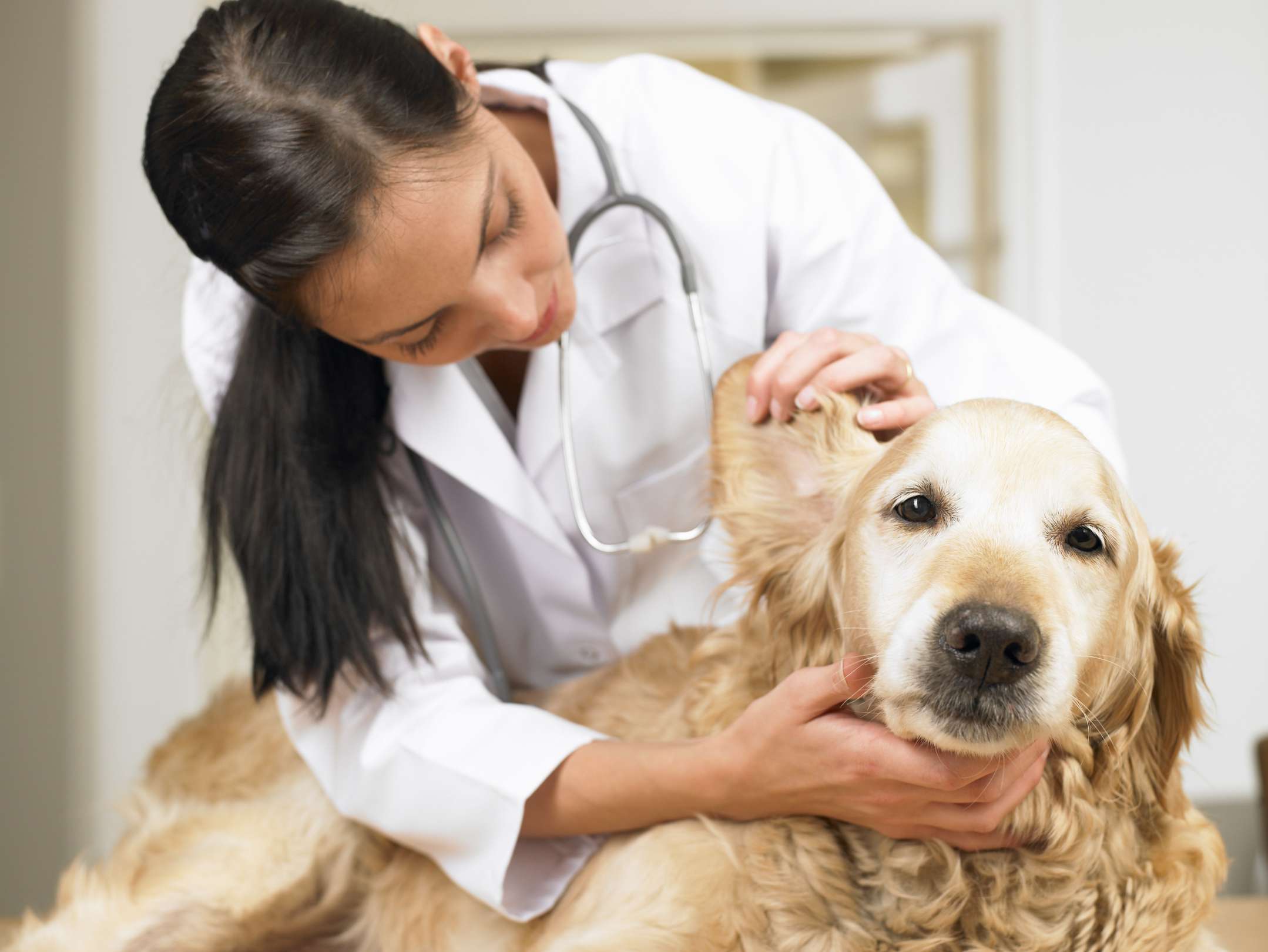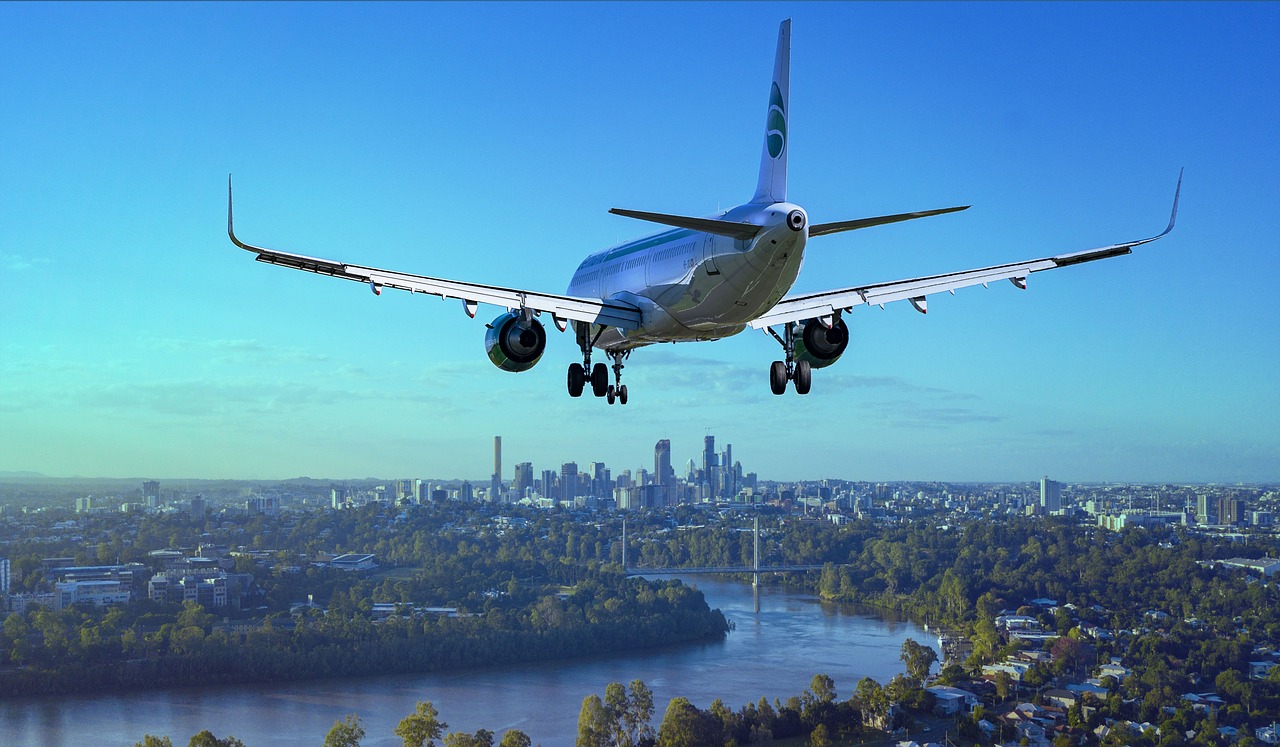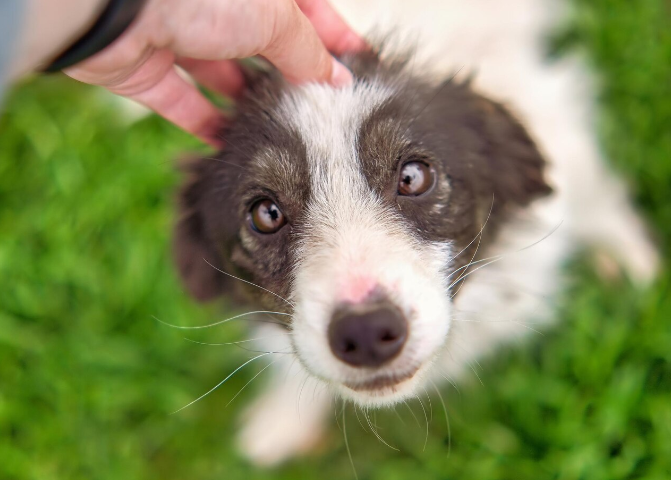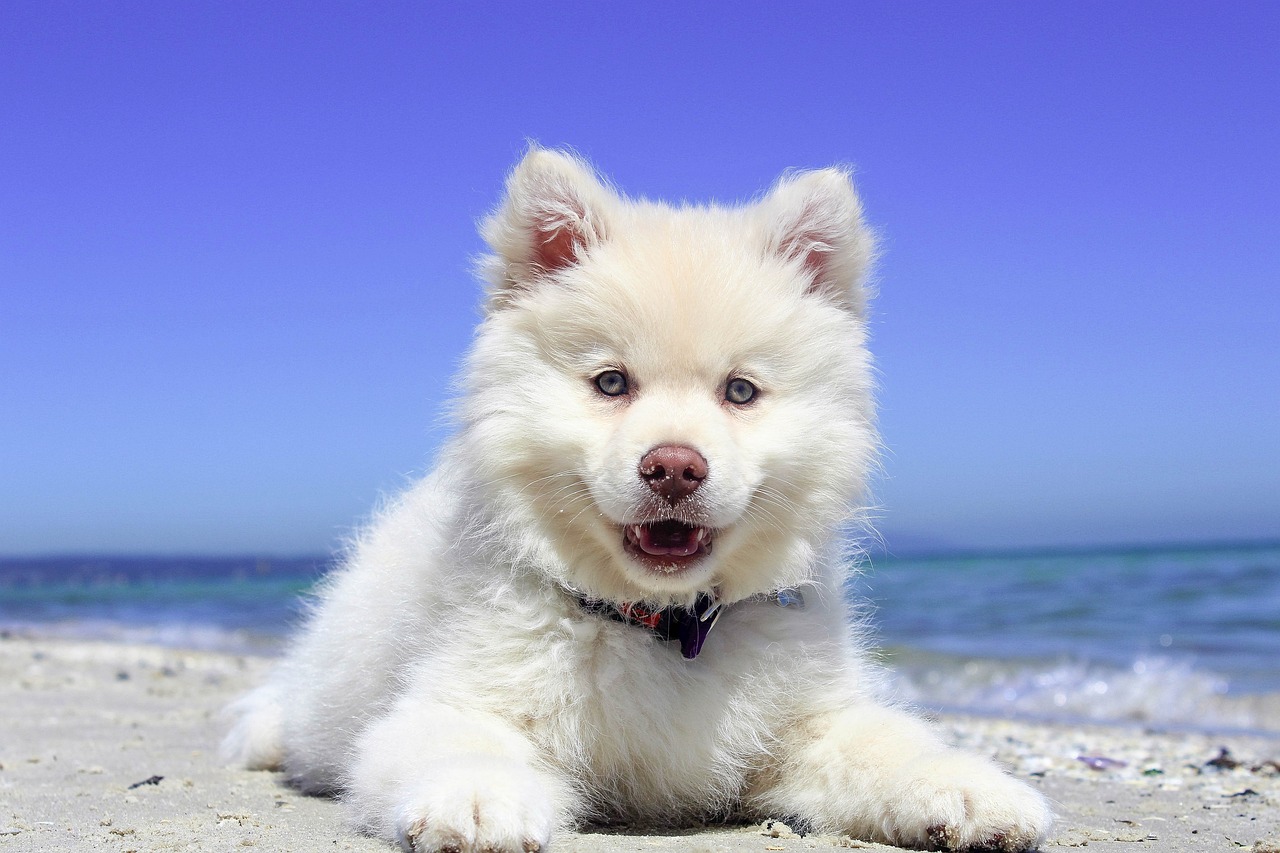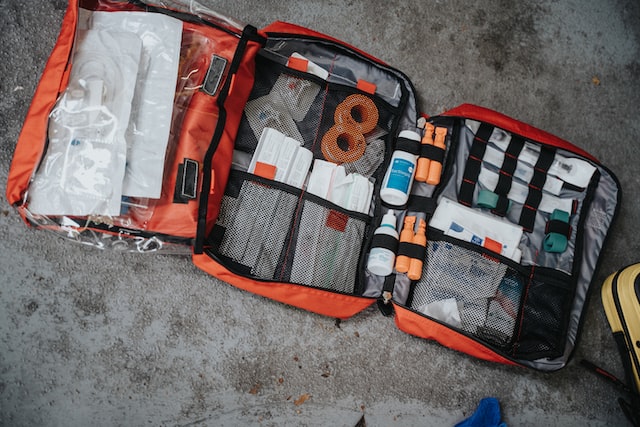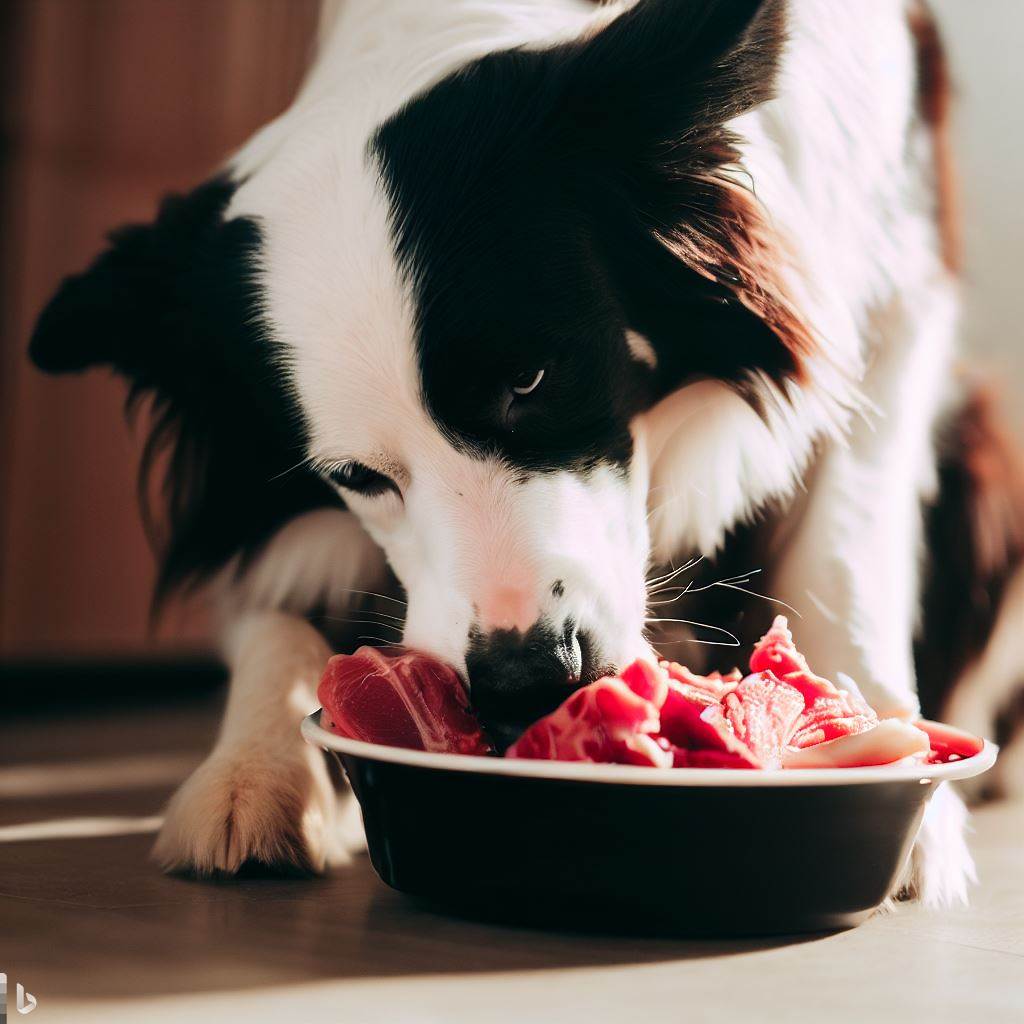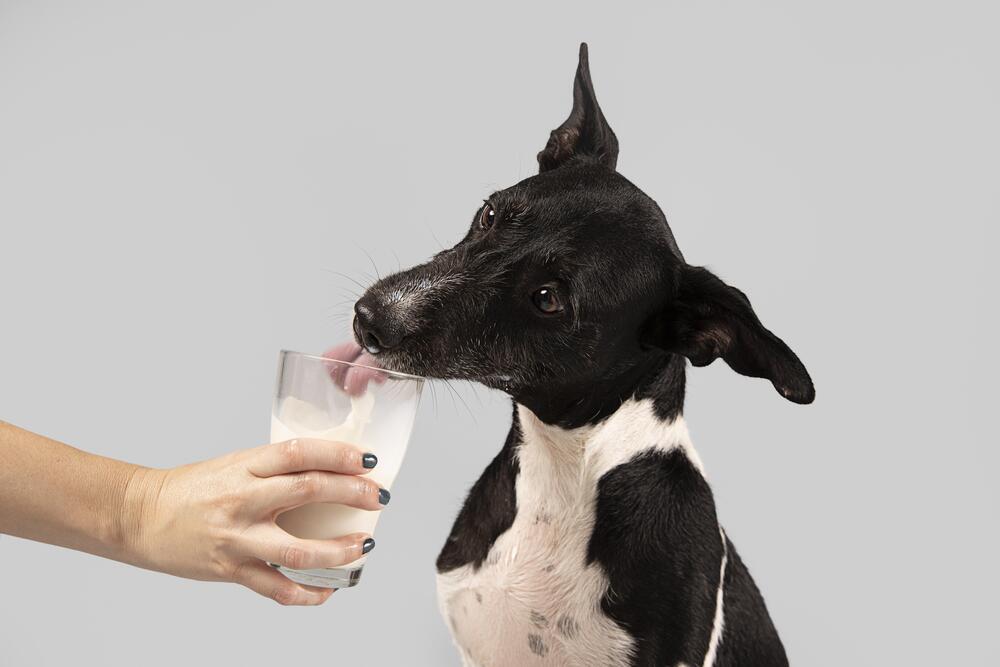- Key Takeaways
- Are Pets Allowed on Volaris?
- How to Add a Pet To Your Flight?
- Brachycephalic and Small Breeds as Pets
- Flying With Pets Onboard
- Flying with Checked Pets
- Documentation Required for Flying with Pets
- Requirements and Restrictions for Flying with Pets
- Does Volaris Allow Emotional Support Animals?
- What Species Are Accepted as Emotional Support Animals?
- On Which Routes Are Emotional Support Animals Allowed To Travel At No Cost?
- Emotional Support Animals- Number Limitations
- Do Emotional Support Animals Have to Travel in a Carrier?
- Emotional Support Animals- Weight Limitations
- Emotional Support Animals- Carrier Requirements
- Emotional Support Animals- Documentation
- Flying with Emotional Support Animals- Additional Requirements Based on the Route
- Emotional Support Animals- Seating Arrangements
- Does Volaris Allow Brachycephalic Breeds as Emotional Support Animals?
- Does Volaris Accept Service Dogs?
- Do Service Dogs Travel for Free?
- Documentation as Proof of the “Service Dog” Status
- Documentation for Flying with Service Dogs
- Additional Requirements for Flying with Service Dogs
- Flying with Service Dogs- Seating Arrangements
- Flying Service Dogs- Required Gear
- Are Dogs of Brachycephalic Breeds Allowed to Travel As Service Dogs?
- Train Your Dog as a Service Dog Through Service Dog Training School International
- FAQ
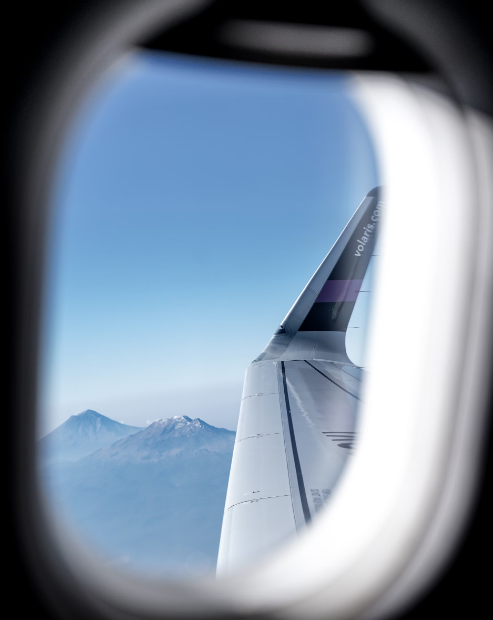
While traveling with our beloved pets used to be uncommon in the past, it has become increasingly popular in the past years! Whether it is our family pet, an emotional support animal, or a highly trained service dog, bringing our furry friends along makes our trips more comfortable.
Sometimes, it is not only their presence we need but their specific assistance so we can function effectively in society!
Today, we will help you prepare for your flight on Volaris- a Mexican low-cost airline with a headquarters in Mexico City. We will provide you with helpful tips on what you should consider when bringing a pet, ESA or service dog on board!
Key Takeaways
-
Does Volaris Accept Emotional Support Animals (ESA)?
Yes, Volaris accepts Emotional Support Dogs and Cats on certain routes at no cost.
-
Does Volaris Accept Service Dogs?
Yes, the airline accepts service dogs. The staff is available to assist passengers with service dogs at the airport, during boarding, and throughout connections. It is the handler’s responsibility to ensure compliance with all documentation and restrictions for their service dog to fly, enter, or transit through any countries included in the booking.
-
Do Service Dogs Fly for Free?
Service dogs that meet the airline’s requirements fly at no additional cost.
-
How to Get a Service Dog?
If you already have a paw friend, the team at Service Dog Training School International will assist in properly training them to perform specific tasks based on your needs! You will be able to train at your pace, adapt the training to your needs and reach out to a team of tutors at any time you have questions or need guidance.
-
How to Qualify for a Service Dog?
To qualify for a service dog, you must be diagnosed with a health condition, whether physical or mental, that substantially limits one or more major life activities and significantly impacts the individual’s ability to perform daily activities.
-
How to Get Started?
Get started by taking the simple SDTSI online training assessment to see if you qualify, and enroll in the course that would best suit your needs.
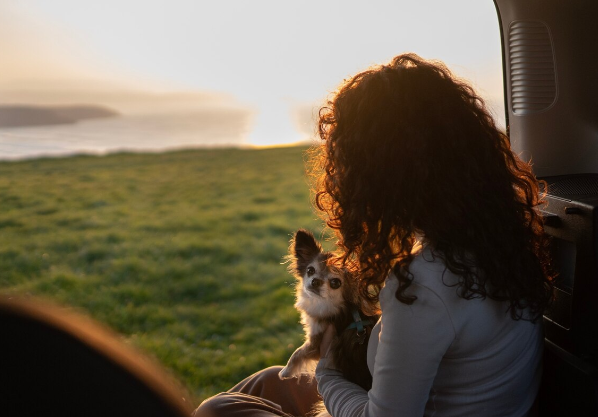
Are Pets Allowed on Volaris?
Yes, the airline accepts dogs and cats as pets in the cabin or as checked pets.
How to Add a Pet To Your Flight?
The airline advises passengers flying with pets to choose the option “Travel with your pet” which will appear when choosing their seat during the booking process. There will be two options: in the cabin and checked. Passengers can edit this information later in the menu “My Trips”.
Brachycephalic and Small Breeds as Pets
While the airline does not recommend flying with brachycephalic (short-muzzled) or small breeds due to their increased risk during the flight, such breeds are still accepted.
Individuals flying with representatives of such breeds, need to sign a liability waiver letter at the counter.
Brachycephalic dog breeds:
Affenpinscher, American Staffordshire Terrier, Boston Terrier, Boxer (all breeds), Bulldog, Cane Corso, Chow Chow, Dogue de Bordeaux, English Toy Spaniel, Brussels Griffon, Japanese Chin, Lhasa Apso, Mastiff, Pekinese, Pit Bull, Presa Canario, Pug (all breeds), Sharpei, Shih Tzu, Tibetan Spaniel, and Staffordshire Bull Terrier.
Brachycephalic cat breeds:
Burmese, Exotic Shorthair, Himalayan, and Persian.
Small dog breeds:
Australian Silky Terrier, Beagle, Bichon Frise, Chihuahua (all breeds), Toy Fox Terrier, French Poodle, Schnauzer, Yorkshire Terrier, and Dachshund (wiener dog).
Flying With Pets Onboard
Onboard Form
Passengers flying with pets are advised to complete the onboard pet form to streamline the process at the counters.
Pet Carrier Requirements
Passengers are allowed to use carriers made of fabric, rigid plastic or soft material to transport their pet dogs or cats.
The allowed carrier dimensions are as follows: 44 cm / 17,5 in L x 30 cm / 12 in W x 19 cm / 7,5 in H.
Pets should be able to move comfortably inside the carrier.
Weight Requirements
The combined weight of the pet and their carrier must not exceed 10 kg.
Pet Carrier- Seating Arrangements
The pet carrier needs to be placed under the seat in front of you, while all other personal items have to be placed in the overhead compartment.
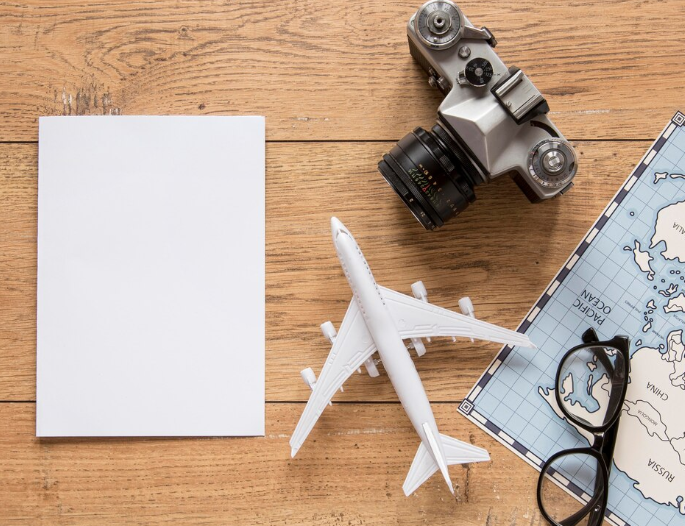
Flying with Checked Pets
Carrier Requirements
Pet carriers must be sturdy, clean, waterproof, and properly ventilated. They must not have wheels and any items that might pose a risk to the pet.
Additionally, carriers are required to be resistant to scratches, feature an escape-proof fastening, and include handles for easy lifting.
The allowed dimensions of pet carriers are as follows:
The Length of the carrier should equal the length of the pet from the tip of their nose to the base of their tail, plus an additional quarter of that length.
The Width of the carrier should be twice the width of the pet, if they are measured at their widest point.
The Height of the carrier should match the pet's height in a standing position, measured from the top of the head or ears to the floor.
Weight Requirements
The total weight of your pet and their carrier must not exceed 45 kg (100 lb).
Identification and Contact Details
The carrier needs to display the passenger’s contact details, including their name, address, and phone number, as well as their pet’s details, such as name, age, and sex.
Pets flying with documentation, must be collected promptly from the baggage claim area upon arrival.
Documentation Required for Flying with Pets
Passengers need to arrive at the airport counters at least two hours before their domestic flight, and three hours before their international flight to verify they adhere to the travel requirements.
Passengers have to:
-
Provide the necessary documents to the airline’s customer service team.
-
Complete the required pet form with details about themselves and their pets.
-
Pay the transportation fee if they haven't already done so online.
Airport security may request an extra inspection of the pet and their carrier. Since this is outside the airline's control, it’s advisable to arrive early to allow time for the security inspection process.
We strongly advise you to visit the airline’s website and familiarize yourself with the specific requirements for traveling with pets within Mexico, to the United States and to Central and South America.
Requirements
and Restrictions for Flying with Pets
-
Volaris accepts only dogs and cats.
-
Pets are not allowed if they are under 4 months old, sick, deceased, aggressive, or pregnant.
-
A maximum of one animal is allowed per container.
-
Pets will not be allowed if they have undergone any surgical procedures within 5 days before the flight.
-
Onboard and checked pet services are unavailable on Frontier-operated flights, including direct and connecting routes.
-
Dogs are allowed to travel in any window seat, except those in premium and emergency exit rows. Cats are only allowed in the last row window seat.
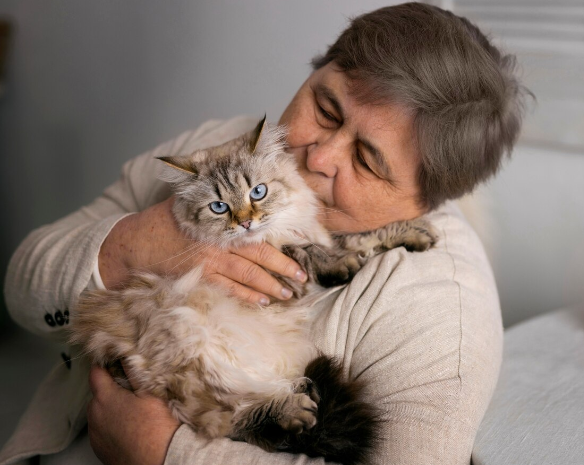
Does Volaris Allow Emotional Support Animals?
Yes, the airline accepts Emotional Support Animals if they meet certain criteria.
What Species Are Accepted as Emotional Support Animals?
Volaris transports dogs and cats as emotional support animals.
On Which Routes Are Emotional Support Animals Allowed To Travel At No Cost?
Emotional Support Animals are accepted in the cabin at no cost on the following itineraries:
-
Within Mexico;
-
From Mexico to Central America and vice versa;
-
From Mexico to South America and vice versa;
-
Within Central America;
-
Within South America;
-
From Central America to South America and vice versa.
Emotional Support Animals- Number Limitations
The airline accepts a maximum of two cats per flight, which also includes emotional support cats and pets.
Emotional Support Animals- Requirements
-
You will be asked for a medical letter issued by a licensed mental healthcare provider, such as a psychiatrist, psychologist, or licensed clinical social worker.
-
Medical documentation has a 1-year validity, so it is important to make sure your medical letter is issued no more than one year prior to departure.
-
The medical letter must confirm that the individual is under professional care and that the animal is necessary for the person to travel.
-
Medical documentation must be issued on a letterhead and feature the health professional’s contact information and license number.
Do Emotional Support Animals Have to Travel in a Carrier?
No, they can be transported without a kennel but must be on a leash or with a harness. If you choose to transport your ESA in a carrier, you need to comply with the airlines’ requirements for carriers onboard.
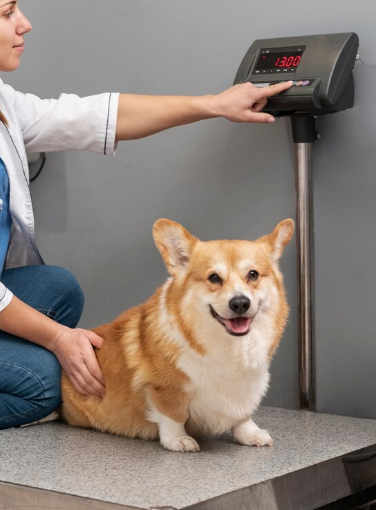
Emotional Support Animals- Weight Limitations
The animal must weigh no more than 22 lbs / 10 kg.
Emotional Support Animals- Carrier Requirements
If you decide to transport your ESA in a kennel, you should familiarize yourself with the airline’s specific requirements:
- The airline allows dogs and cats to travel in fabric, sturdy plastic kennels or bubble backpacks.
- The combined weight of the animal and the kennel must not exceed 22 lbs.
- The animal is allowed to exit the kennel during the flight, except during takeoff and landing.
Emotional Support Animals- Documentation
Vaccination card
- Passengers are required to provide their animal’s vaccination records, which must include the initial rabies vaccine or the most recent booster dose (validity can range from 1 to 3 years).
- If this is the first time the emotional support animal gets a rabies vaccine, it must be administered at least 30 days prior to departure.
- For animals aged 15 months or older, a current rabies booster dose is necessary to fly without the 30-day waiting period.
- Additionally, emotional support dogs or cats must have undergone deworming treatment within the past six months prior to the return date.
Health certificate
- Individuals flying with Emotional Support Animals are quired to provide an animal health certificate (both the original and a copy) confirming that the animal has undergone inspection and is healthy.
- The certificate must be issued on a letterhead featuring the veterinarian’s license number and be dated within five days of the initial flight date.
- If the certificate does not include the vet’s license number on letterhead, ESA handlers must also submit a copy of the veterinarian’s professional license.
- In case the return flight is more than five days after the certificate has been issued, a new certificate will be required.
- For flights from the United States to Mexico, passengers flying with ESAs, will not be required to provide a health certificate. Upon arrival, representatives of the Service for the National Health for Food Safety and Food Quality (SENASICA) will inspect the dog or cat.
Pet transportation form
-
Individuals accompanied by ESAs are required to sign the pet transportation form provided at the airport counters.
-
For flights to the US, individuals must adhere to the Center for Disease Control and Prevention's regulations for bringing dogs into the country.
Flying with Emotional Support Animals- Additional Requirements Based on the Route
SAGARPA/SENASICA Animal Health Certificate
For flights from Mexico to Central America, passengers are required to present both the original and a copy of the animal’s health certificate for export, issued by SAGARPA/SENASICA.
Sanitary Inspection Certificate (CIS)
Individuals traveling from Colombia, are also required to present a Sanitary Inspection Certificate (CIS), issued by the Colombian Agricultural Institute (ICA). Volaris advises its passengers to visit the ICA website for further information.
Frequent Traveler Program for Pets
Mexican customers enrolled in the Frequent Traveler program for pets will be required to:
-
Present a valid certificate issued by SENASICA.
-
Complete the form provided to them at the airport.
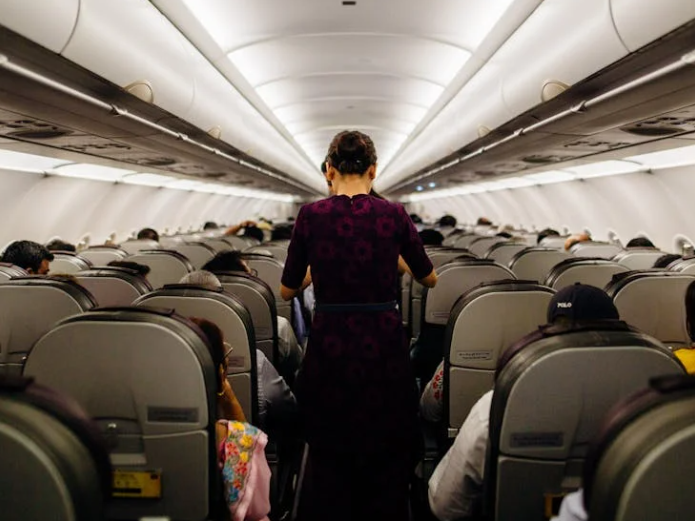
Emotional Support Animals- Seating Arrangements
Dogs are allowed to travel in any seat except the emergency exit. Cats, on the other hand, may only be seated on the last rows of the plane.
Does Volaris Allow Brachycephalic Breeds as Emotional Support Animals?
Yes, the airline allows representatives of short-muzzled breeds on board; however, passengers are required to sign a waiver of liability. Due to their short muzzles, brachycephalic breeds are at a higher risk of health issues, particularly respiratory problems.
Does Volaris Accept Service Dogs?
Volaris accepts service dogs, which are dogs trained to perform specific tasks for an individual with a disability. The airline’s staff will assist passengers accompanied by service dogs at the airport, boarding gate, throughout the process of boarding or connections.
Service dog handlers need to inform the airline when booking their flights and upon arrival at the airport.
The airline reminds passengers traveling with service dogs that it is their responsibility to ensure compliance with all the documentation and restrictions for their dogs to enter, leave or transit the countries included in the booking.
Do Service Dogs Travel for Free?
Service dogs travel at no additional cost.
Documentation as Proof of the “Service Dog” Status
Except for flights to and from the US, Volaris requires documentation proving that a dog is a trained service dog.
Documentation for Flying with Service Dogs
Below, you will find a list of the documents that will be required at the airport.
Vaccination and Deworming Certification
-
You will be required to provide your dog’s vaccination record, which must include either the initial rabies vaccine or the current booster (valid for 1, 2, or 3 years).
-
If this is your service dog’s first rabies vaccination, it must be administered at least 30 days prior to departure.
-
For dogs aged 15 months or older, they need a current rabies booster to fly without a 30-day wait period.
-
Additionally, service dogs must have undergone deworming treatment within six months of the return date.
Health Certificate
-
You will be asked to provide your dog’s health certificate, both original and a copy, verifying that they have undergone an inspection and are in good health.
-
This certificate must be issued on a letterhead, including the veterinarian’s license number, and dated less than 5 days before the departure date.
-
If the certificate does not include the license number on a letterhead, you will also be required to provide a copy of the veterinarian’s license.
-
If your return flight is scheduled more than five days after the certificate date, a new certificate will be required.
-
Volaris does not require health certificates for service dogs flying from the US to Mexico. Instead, service dog handlers will need to complete and present a U.S. Department of Transportation Service Animal Air Transportation Form. The airline points out, though, that upon arrival in Mexico from the US, SENASICA representatives will inspect the dog physically and in terms of their documentation. It is advisable to review the authority’s requirements.
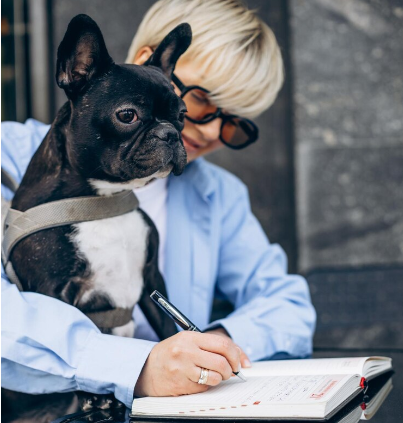
Additional Requirements for Flying with Service Dogs
-
Service dog handlers are required to complete the Volaris pet transportation form, which will be available at their airport counters.
-
Service dog handlers do not need to present the Volaris pet transportation form on flights from the US. The airline requires only a filled out and submitted U.S. Department of Transportation Service Animal Air Transportation Form.
-
For flights to the US, Volaris also does not require a pet transport form. Instead, service dog handlers have to complete and submit the U.S. Department of Transportation Service Animal Air Transportation Form and adhere to the Center for Disease Control and Prevention regulations for importing dogs into the US. The new regulations that came into effect on August 1st 2024, apply to both pet dogs and service dogs.
SAGARPA/SENASICA Animal Health Certificate
Service dog handlers flying with their dogs from Mexico to Central America are required to provide both the original and a copy of the animal’s health certificate for export, issued by SAGARPA/SENASICA.
Sanitary Inspection Certificate (CIS)
Service dog handlers flying with their dogs from Colombia, need also to present a Sanitary Inspection Certificate (aka CIS) issued by the Colombian Agricultural Institute (ICA). You can find more detailed information on the ICA website.
Frequent Traveler Program
Mexican clients who are members of the Frequent Traveler program for pets, are only required to:
-
Provide a valid certificate issued by SENASICA;
-
Fill out the form that will be provided at the airport.
This section does not apply to service dogs flying to or from the US.
Flying with Service Dogs- Seating Arrangements
Individuals flying with service dogs may be accommodated in any seat except for the emergency exit.
Flying Service Dogs- Required Gear
Service dogs are required to wear a collar and harness or leash at all times.
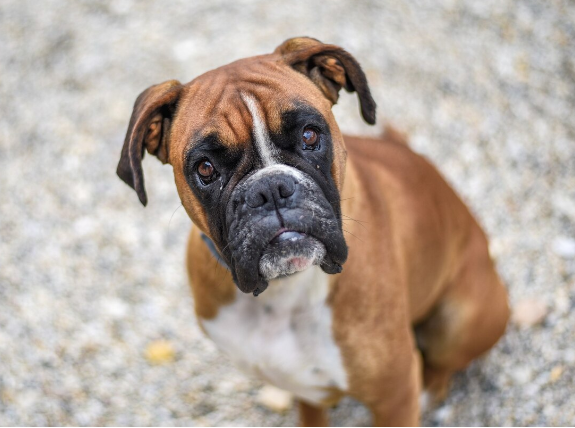
Are Dogs of Brachycephalic Breeds Allowed to Travel As Service Dogs?
Yes, Volaris accepts short-muzzled dogs as both ESAs and service dogs. However, service dog handlers need to sign a waiver of liability.
The following dog breeds belong to this category:
Affenpinscher, American Staffordshire Terrier, Boston Terrier, Boxer (all breeds), Bulldog, Cane Corso, Chow Chow, Dogue de Bordeaux, English Toy Spaniel, Brussels Griffon, Japanese Chin, Lhasa Apso, Mastiff, Pekinese, Pit Bull, Presa Canario, Pug (all breeds), Sharpei, Shih Tzu, Tibetan Spaniel, and Staffordshire Bull Terrier.
Train Your Dog as a Service Dog Through Service Dog Training School International
If you already have a beloved paw friend, why not train them as your service dog? Training your own dog has many advantages, such as the strong emotional connection you two have; the possibility to actively engage in the process and adapt the training to your needs;
Our service dog training programs cover various tasks such as
Deep Pressure Therapy, nose-nudging, giving a kiss, barking on command, alerting to anxiety, reminding the owner to take medication, finding an exit, crowd control, interrupting repetitive behaviors, retrieving items;
Recognizing changes in the owner’s scent right before a medical episode, such as high or low blood sugar levels, seizures, cardiac issues, and showing specific behaviors as a response, such as pawing, giving a kiss and nose-nudging.
Our service dog programs also cover basic obedience and public manners, helping your future service dog develop excellent behavior both at home and in public spaces.
Your assigned tutor and our team will ensure you feel supported throughout the training and after completing the program. Once you finish the course, you will receive a certificate, and your dog will be registered with us automatically. Although service dog certification and registration are not legally required in many countries, including the US, UK, many Canadian provinces, etc, they can be beneficial in public settings.
Unfortunately, some owners misrepresent their untrained dogs as service dogs just to gain access. Having documentation as proof of training can be helpful when visiting public places with your service dog.
FAQ
May I travel with a bird, guinea pig, rabbit, or another domesticated species other than dogs and cats on Volaris?
No, the airline accepts only dogs and cats, this includes service dogs and emotional support animals.
What is the maximum weight of an Emotional Support Animal to be accepted on board?
The animal must weigh a maximum of 22 lbs.
Do Emotional Support Animals travel for free?
Yes, Volaris accepts ESAs in the cabin at no cost on specific routes. See their website for details.



